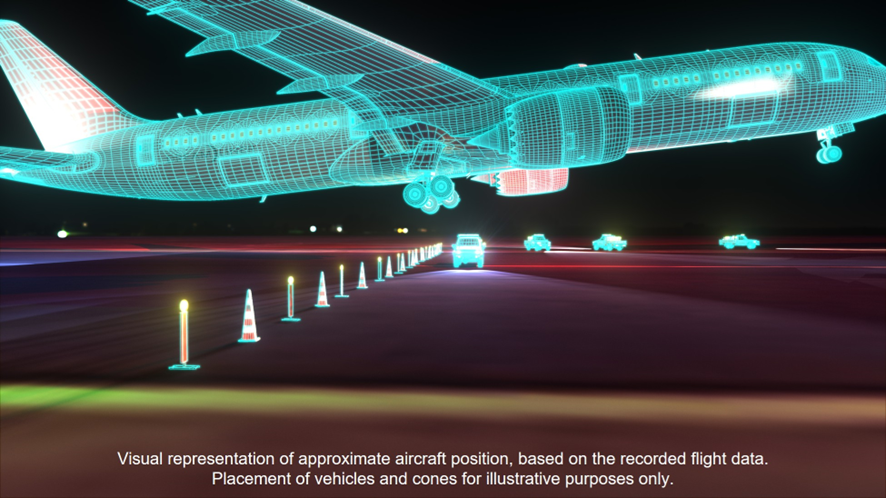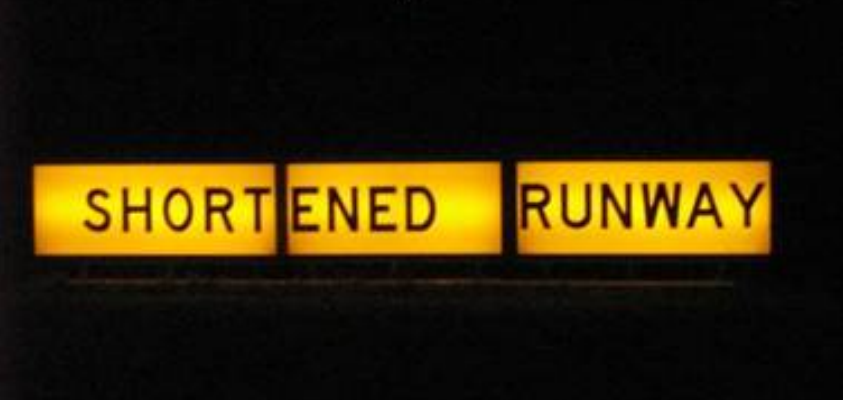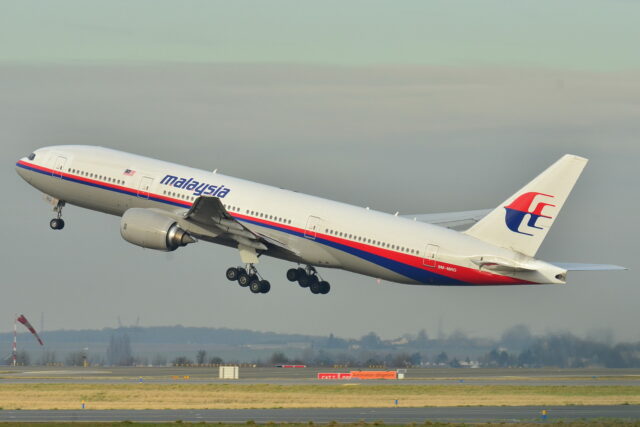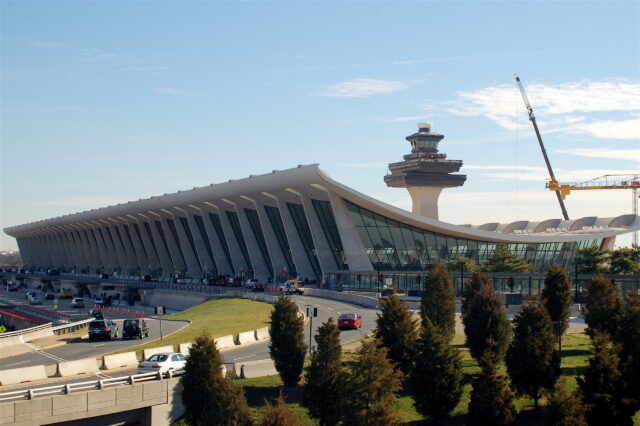Just 4 metres: Close calls at Melbourne Airport as Airbus and Boeing widebodies graze over a construction crew

November 12, 2025

In what the Australian Transport Safety Bureau (ATSB) terms a “very serious incident”, two large commercial jets taking off from Melbourne Airport in September 2023 passed just a few metres above an active worksite where construction crews were resurfacing runway 34.
Malaysia Airlines A330-300 and Bamboo Airways Boeing 787-9 barely miss the worksite on runway 34
The recently published ATSB report on the incidents shows that on 7 September 2023, a Malaysia Airlines Airbus A330-300 took off from runway 34 with 247 people aboard, but cleared the worksite by just 7 metres.
Eleven days later, on 18 September, a Bamboo Airways Boeing 787-9 with about 212 people aboard also used the same runway and passed just 4.5 metres above the active worksite.

At the time, the runway was temporarily shortened from its usual length of 3,659 metres to just 2,089 metres, allowing for night-time resurfacing works.
The crew on both flights had not recognised that the runway length was reduced and used take-off performance calculations assuming the full length was available.
“Both times jet blast impacted the works area where personnel and equipment were present. No workers were physically injured, but one stress-related injury resulted from the second incident,” the ATSB states in its briefing on the incidents.
Crew missed the warnings of shortened runway operations
According to the ATSB investigation, communications on the shortened runway to flight crews were unclear, though noted in NOTAMs (Notices to Airmen) and ATIS (Automatic Terminal Information Service) bulletins.
“Neither flight crew identified that the runway was significantly shortened, despite the relevant NOTAM being provided in their flight briefing packs,” ATSB Chief Commissioner Angus Mitchell said. “And while both crews accessed a version of the ATIS that mentioned the shortened runway, they only noted to air traffic control the weather information from the ATIS, and not the reduced runway length.”

Flight dispatchers did factor in the shortened runway, but did not specifically flag the change to the pilots—apparently because the calculations still allowed for a safe take-off, so they believed no special highlight was required.
“Relying on predominantly procedural defences to recognise and comprehend hazards does not guarantee that flight crews will always have a full and correct understanding of operational conditions,” Mitchell said.
Additional factors cited included workload and time pressure on the crew, as well as possible expectation bias—crews assumed normal runway length unless flagged otherwise.
Potential catastrophes barely avoided
Both incidents are fortunate near-misses, but either could have had severe consequences, the ATSB investigation determined. With a fully loaded international jet (in these cases, with more than 200 people on board) taking off at night within mere metres of an active worksite, the margin for error in take-off is small.
The presence of workers and vehicles in the safety zone beyond the displaced runway threshold also makes this a worksite safety event for ground operations. When standard procedures are the only defence, human factors, such as fatigue or miscommunications, can compromise narrow safety margins.
“Considering the potentially catastrophic consequences of departing aircraft impacting an active works area, additional defensive layers aimed at alerting flight crews to significant runway hazards should be implemented,” Mitchell said.
Airlines must adjust their communications procedures between dispatchers and crew
“In these incidents, both airlines expected their dispatchers to highlight to their pilots all types of flight information critical for flight safety, but neither operator ensured this occurred,” Mitchell said.
Both airlines have since updated their flight dispatcher procedures and guidance.
The investigation also noted that Australian regulations required air traffic control only to confirm that flight crews had received the latest version of the ATIS, in keeping with International Civil Aviation Organisation (ICAO) standards, not that they had received the information in full.
“Air traffic controllers have well-defined and set responsibilities, which currently do not necessarily require them to directly advise flight crews of all safety-critical information,” Mitchell said. “However, where there is doubt or potential that a significant safety hazard may not be understood or acknowledged, they can use their best judgment when it’s prudent to intervene.”
ATSB recommends a review of ICAO standards
To ensure that air traffic controllers are aware of all safety-critical aerodrome condition information, the ATSB recommended that ICAO review its standards for air traffic control communications.
ATC procedures in providing essential aerodrome information associated with runway works that reduce available runway lengths have been modified by Airservices Australia in consultation with the Civil Aviation Safety Authority (CASA).
According to Mitchell, the ATSB will monitor the progress of this safety action and recommend that ICAO also review Annexe 11 standards and recommended practices for air traffic control.
“With the release of this investigation report, the ATSB has issued a formal safety recommendation to ICAO that it review Annexe 11 to include procedures for air traffic control communications to increase assurance that flight crews have received safety-critical aerodrome condition information,” Mitchell said. “Changes in response to this recommendation would improve aviation safety worldwide.”

Mitchell also noted that ICAO has amended Annexe 14, which covers aerodrome standards and recommended practices. Under the amendments, airports will be required to display high-visibility signage indicating temporary changes to runway declared distances.
“Conspicuous visual aids, such as the signage proposed to be introduced to ICAO Annexe 14, can assist as a final defence by providing an indication of changes to the runway conditions, where the runway would otherwise appear normal to flight crews,” Mitchell said. “Flight dispatchers, aircraft operators, airport operators, individual air traffic controllers, air traffic services providers and others can all contribute to ensuring pilots are aware of safety‑critical information when they need it.”
CASA will review these changes for inclusion in relevant Australian regulations.
Get all the latest commercial aviation news on AGN here.
Featured Image: Alpha from Melbourne, Australia | Wikimedia Commons
















